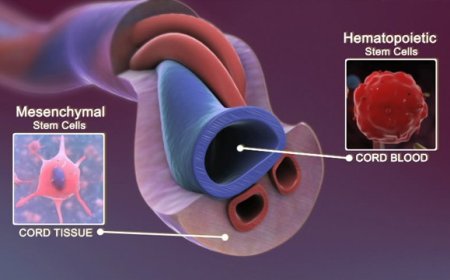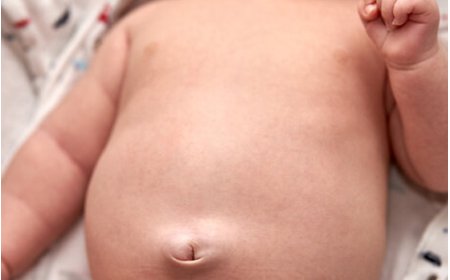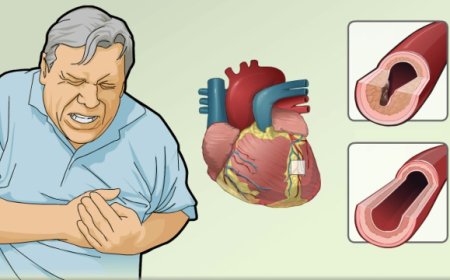Bilateral Polycystic Ovarian Syndrome

Introduction:
Bilateral Polycystic Ovarian Syndrome (PCOS) is a common hormonal disorder that affects many women, including those in India. It can cause various symptoms and has an impact on a woman's reproductive health. In this article, we will explain Bilateral PCOS in a way that even 10-year-old children can easily understand.
Signs and Symptoms:
Bilateral PCOS can cause different signs and symptoms, such as irregular periods, heavy or light bleeding, acne, oily skin, and hair growth on the face and body. Some girls with PCOS may also have difficulty losing weight and experience mood swings.
What Is Bilateral Polycystic Ovarian Syndrome?
Bilateral PCOS is a condition where a girl's ovaries have small cysts (fluid-filled sacs) that can make it harder for her to have regular periods and might affect her ability to have babies later in life. The cysts can also produce extra hormones, which can lead to some of the symptoms we mentioned earlier.
How Is Bilateral Polycystic Ovarian Syndrome Classified?
Bilateral PCOS is classified based on the presence of certain signs and symptoms. Doctors look for irregular periods, excess hair growth, acne, and sometimes do some tests to check for hormone levels.
Causes and Triggers:
The exact cause of Bilateral PCOS is not entirely understood, but it is believed to involve a combination of genetic factors and lifestyle choices. For example, if someone in a girl's family has PCOS, she might be more likely to have it too. Eating unhealthy foods, being overweight, and not getting enough exercise can also make it more likely to develop PCOS.
Risk Factors with Examples:
Some girls in India might have a higher risk of getting Bilateral PCOS if they have a family history of the condition. For instance, if their mother, sister, or aunt has PCOS, they might be at a higher risk too. Additionally, girls who are overweight or consume a lot of unhealthy foods, like sugary snacks and drinks, may also be at a higher risk of developing PCOS.
Types of Bilateral Polycystic Ovarian Syndrome:
There are different types of PCOS, and doctors categorize them based on the symptoms and hormone levels. However, for a 10-year-old, it's enough to understand that Bilateral PCOS means both ovaries have small cysts that can cause irregular periods and other symptoms.
Diagnostic Tests:
Doctors may use a few different tests to diagnose Bilateral PCOS:
-
Blood Tests: They will take a small sample of blood to check hormone levels, like testosterone and insulin, which can help identify PCOS.
-
Ultrasound: An ultrasound is a painless test that uses sound waves to create images of the ovaries. It helps doctors see if there are any cysts present.
Treatments:
Treatment for Bilateral PCOS depends on the girl's age and her symptoms. Here are some common treatment options:
-
Lifestyle Changes: Doctors might recommend eating healthy foods, exercising regularly, and maintaining a healthy weight to manage PCOS.
-
Medications: There are some medicines that can help regulate periods and reduce symptoms like acne and hair growth.
Complications of Bilateral Polycystic Ovarian Syndrome:
If Bilateral PCOS is not managed properly, it can lead to some complications later in life. For example, it may make it harder for a girl to get pregnant when she wants to have a baby.
Prevention Techniques:
While we can't completely prevent Bilateral PCOS, leading a healthy lifestyle can reduce the risk of developing it or help manage the symptoms if someone already has it. Eating nutritious foods, staying active, and maintaining a healthy weight are essential for overall well-being.
Bilateral Polycystic Ovarian Syndrome is a condition that affects girls' ovaries and can cause irregular periods and other symptoms. By understanding the signs and symptoms, getting the right diagnosis, and making healthy lifestyle choices, girls can manage PCOS and lead a happy and healthy life.
What's Your Reaction?
 Like
0
Like
0
 Dislike
0
Dislike
0
 Love
0
Love
0
 Funny
0
Funny
0
 Angry
0
Angry
0
 Sad
0
Sad
0
 Wow
0
Wow
0









































































